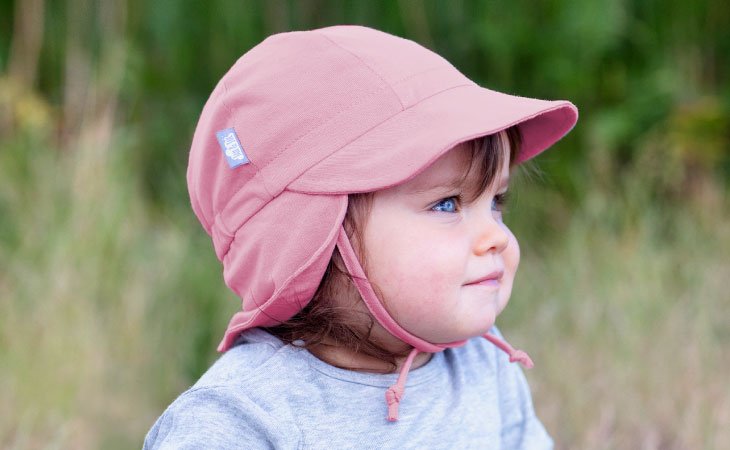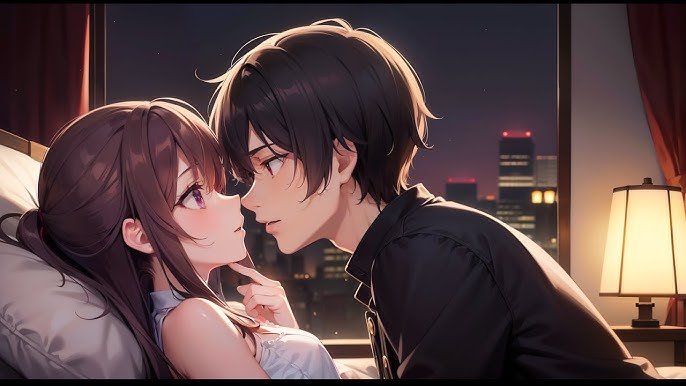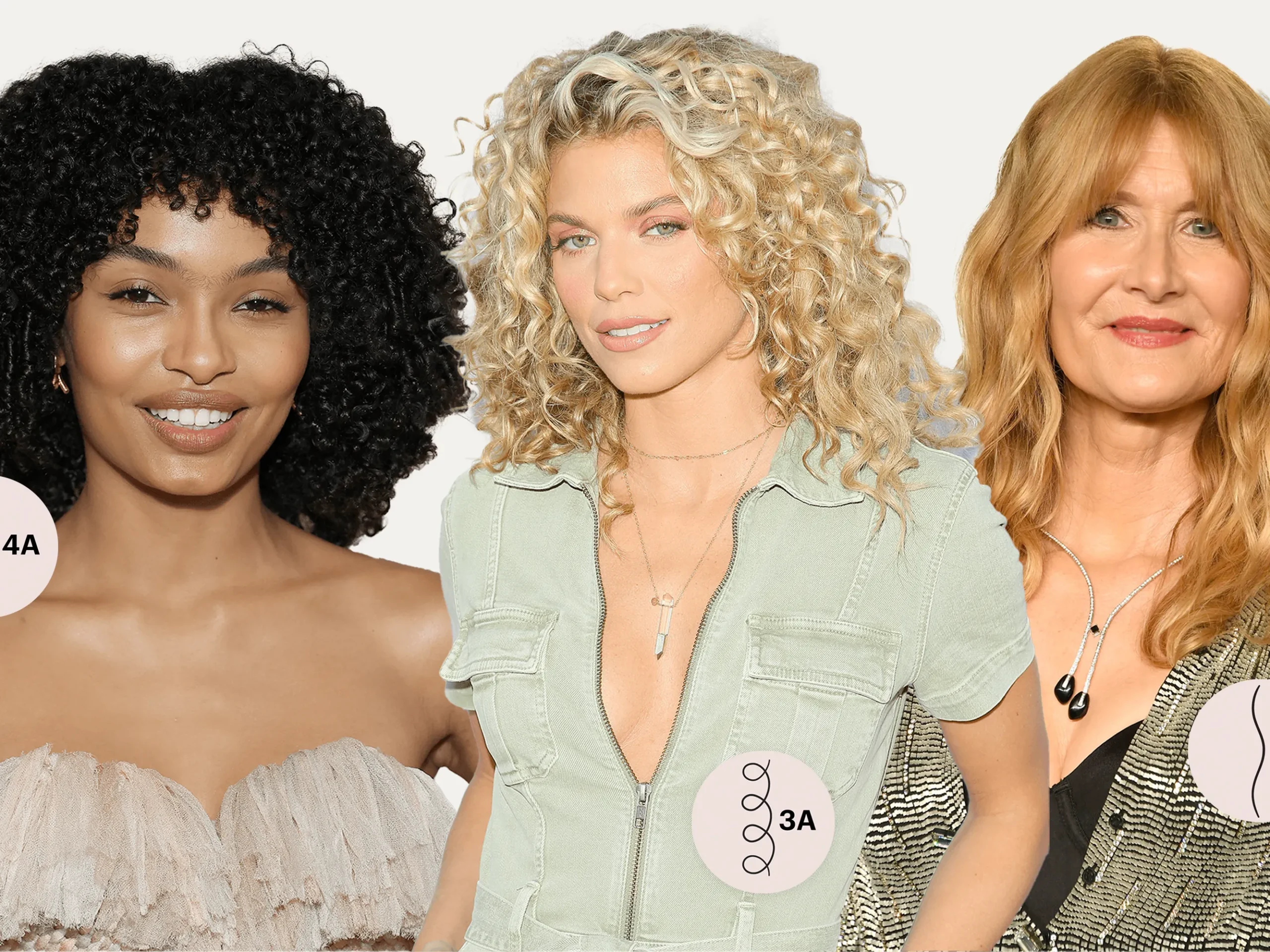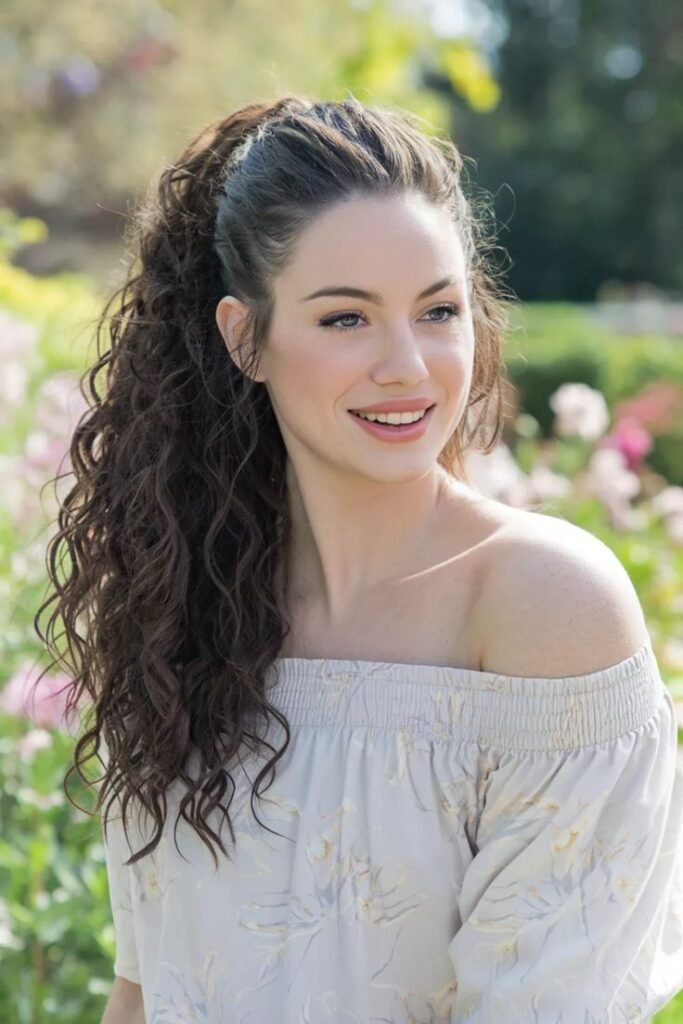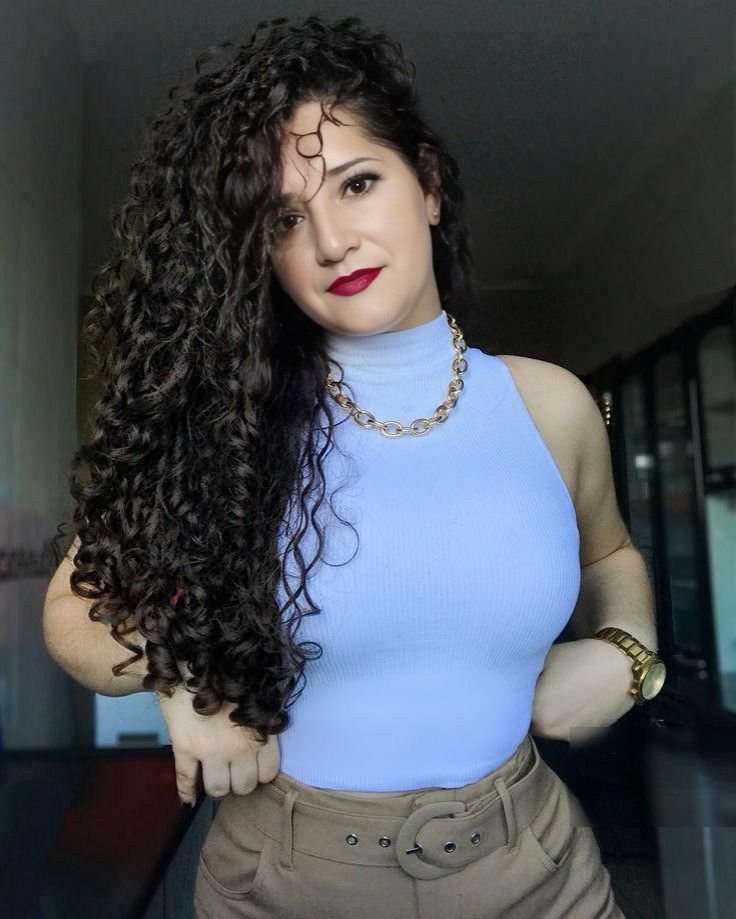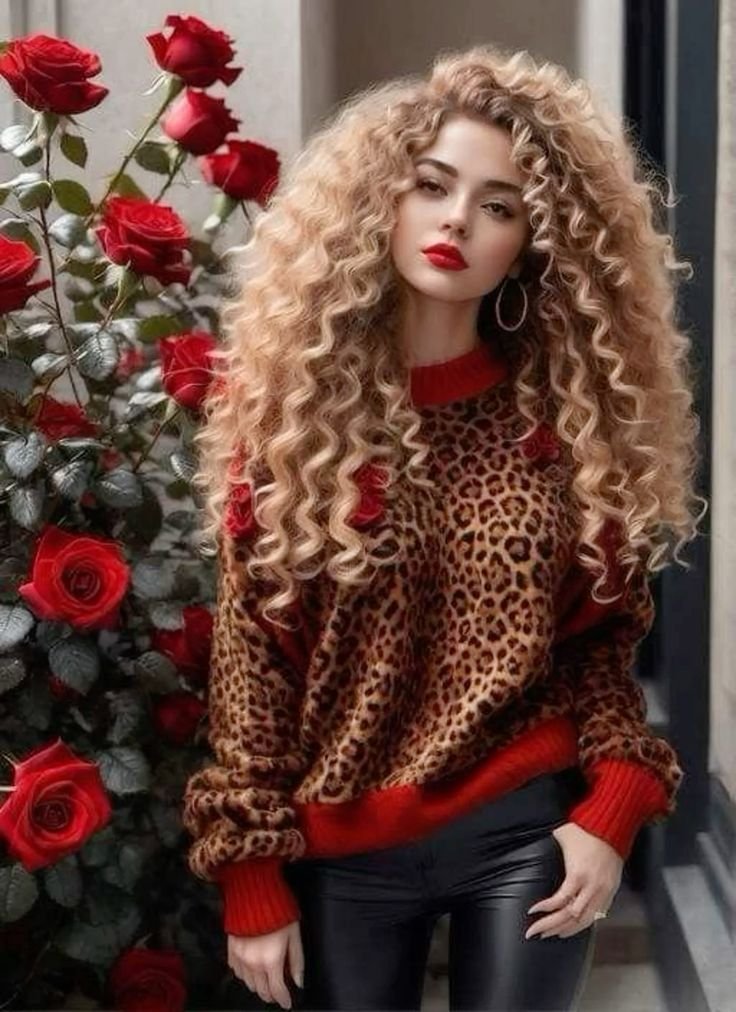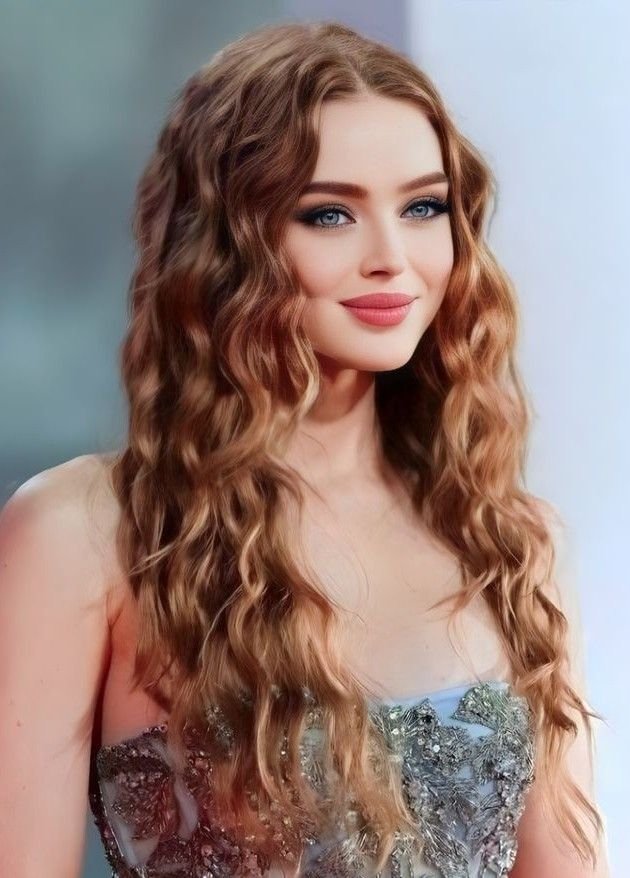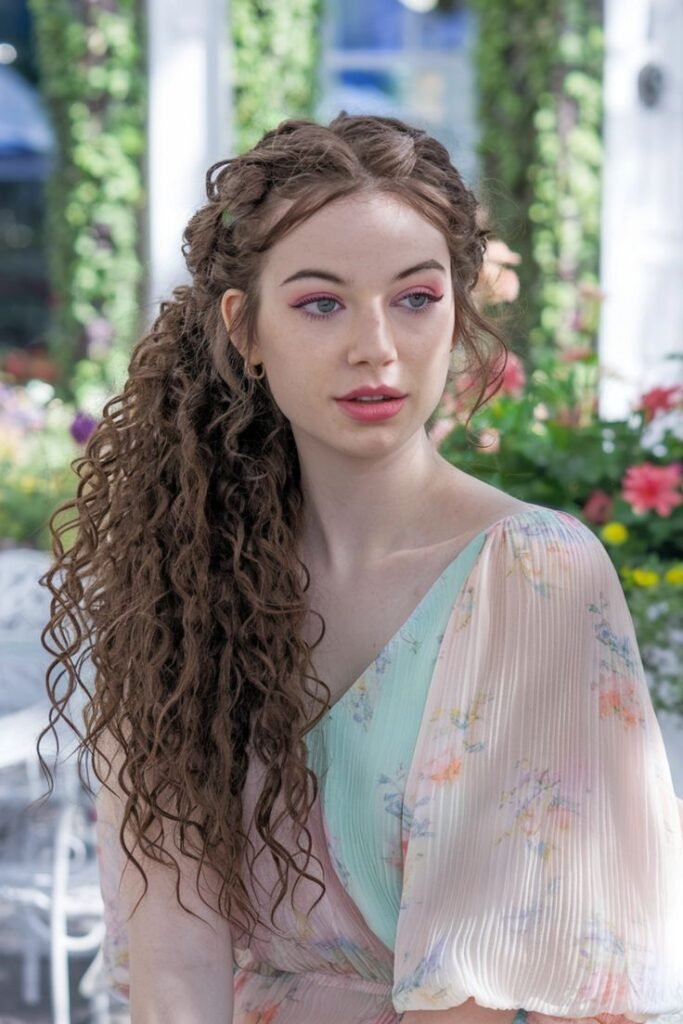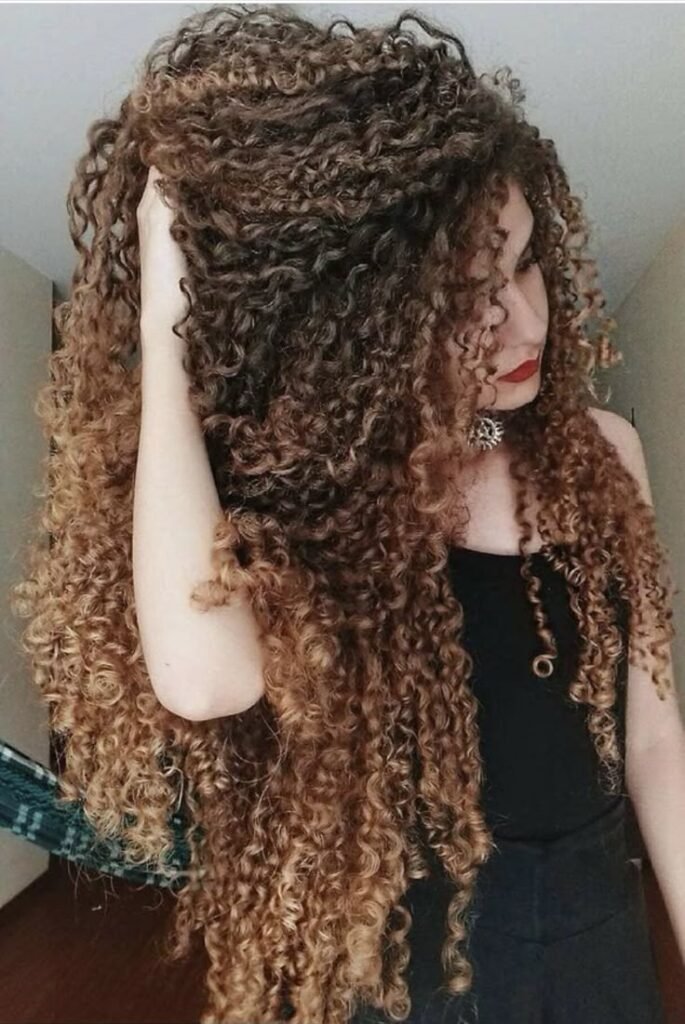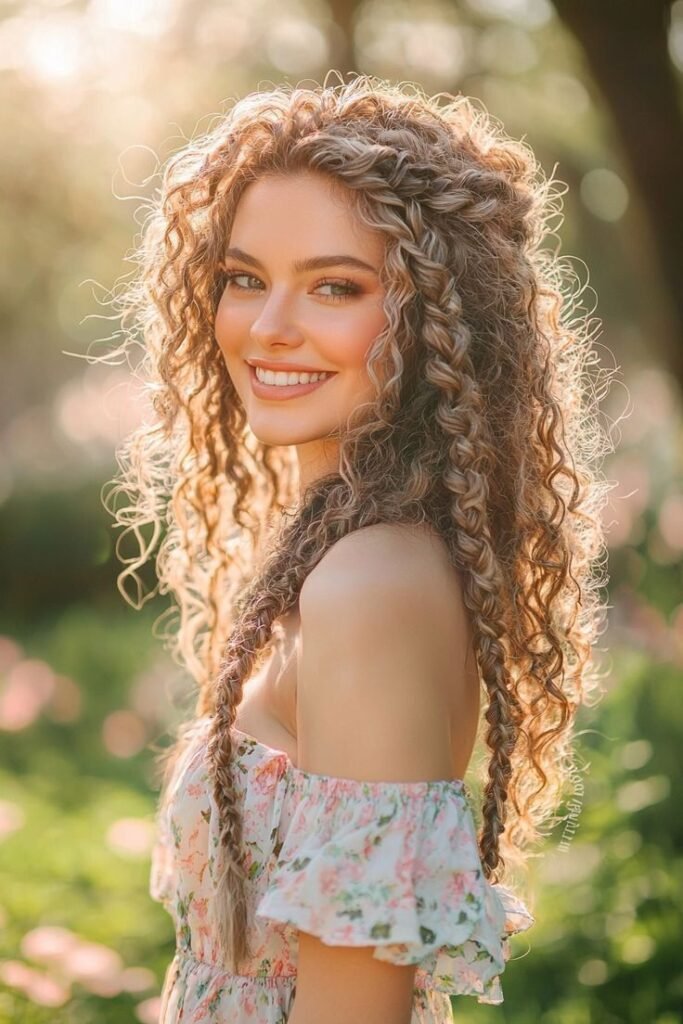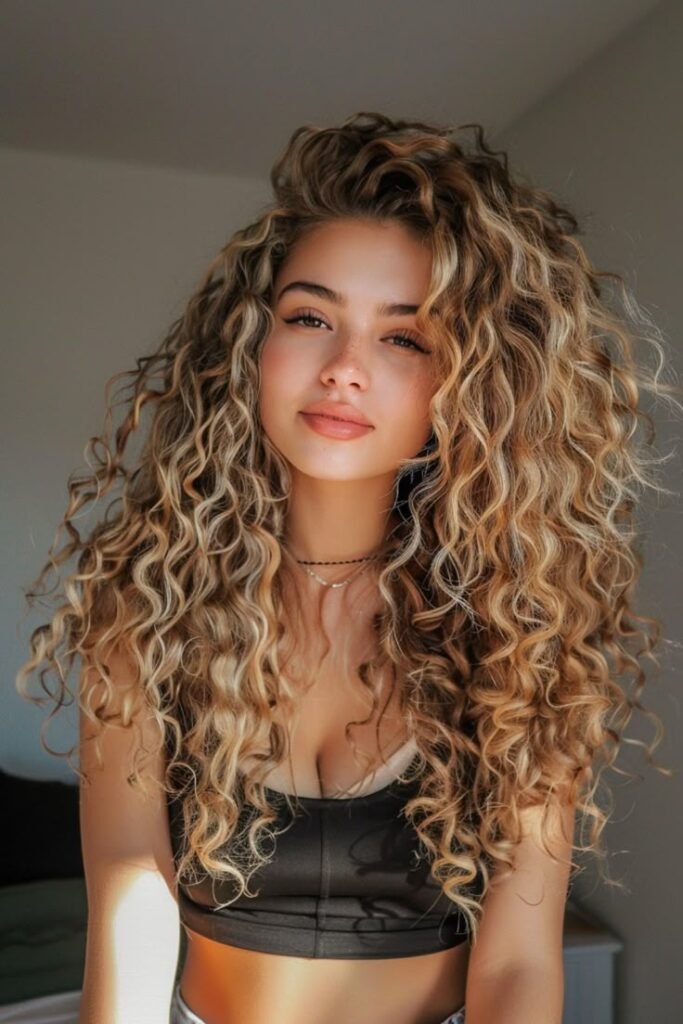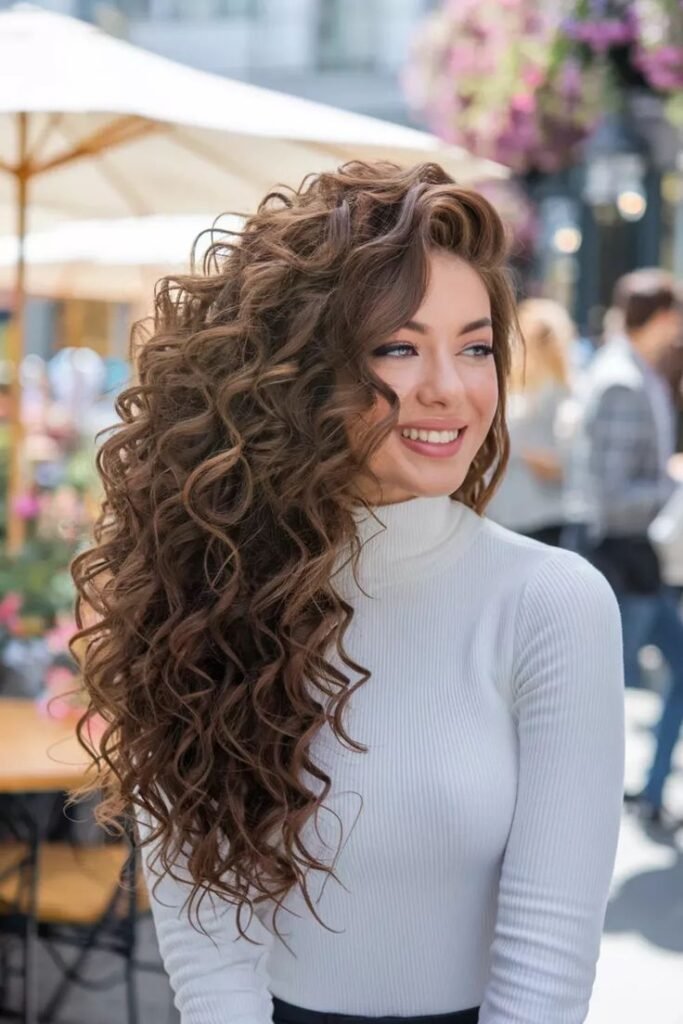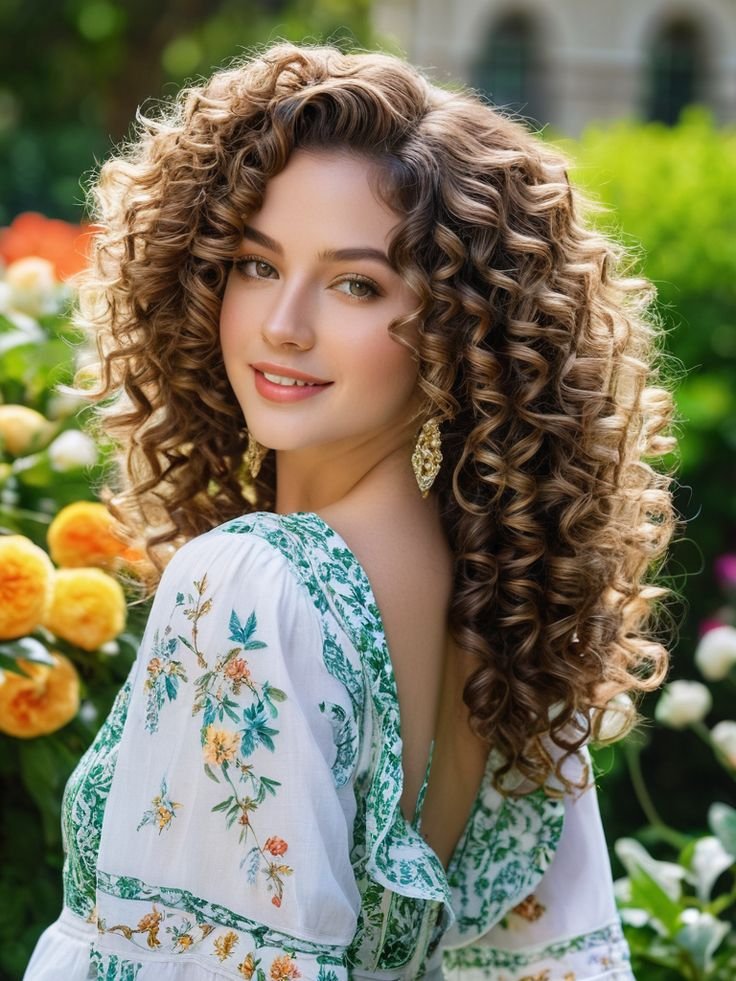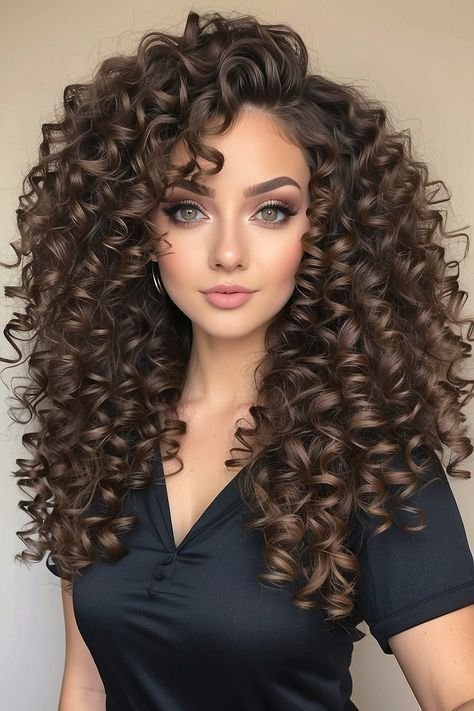Curly hair holds a charm that is both timeless and unique. Each strand tells a story, coiling and curving with personality and flair. Unlike straight hair, which often falls predictably, curls have a character of their own. They bounce, they spiral, and they speak loudly about individuality. There’s an effortless elegance in curls that doesn’t seek perfection but rather celebrates unpredictability and natural beauty.
A History Entangled in Identity
Throughout history, curly hair has been more than just a style—it has been a statement. In various cultures, especially among African, Middle Eastern, and Latin communities, curly hair was a mark of heritage and pride. Yet, colonization, media influence, and Eurocentric beauty standards led to decades where natural curls were hidden, straightened, or chemically altered.
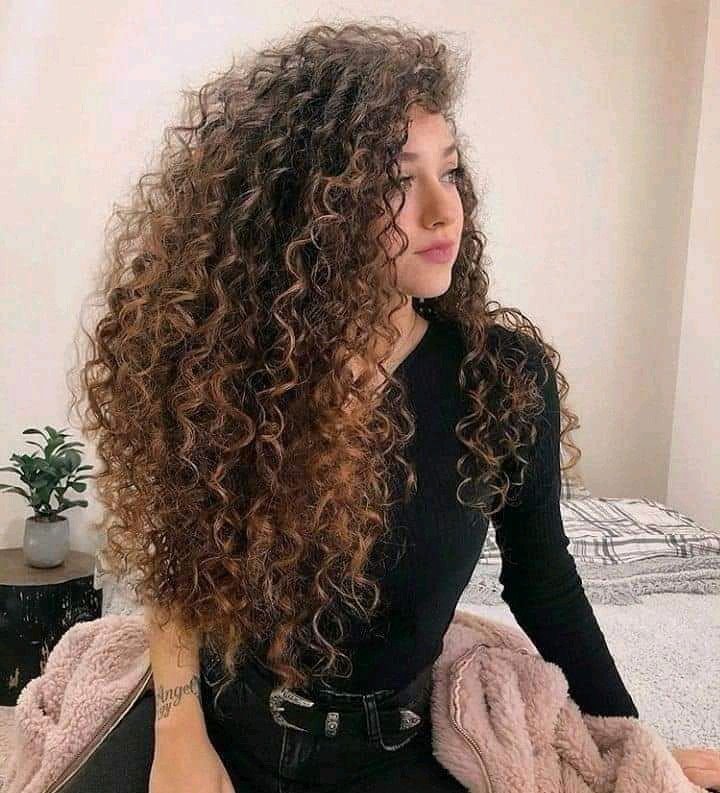
This suppression wasn’t just cosmetic; it affected identity and self-esteem. Generations were taught that to appear polished, successful, or professional, they had to conform to straight-hair norms. These notions didn’t simply exist in fashion—they were embedded in workplace policies, school rules, and societal expectations.
The Journey of Curl Acceptance
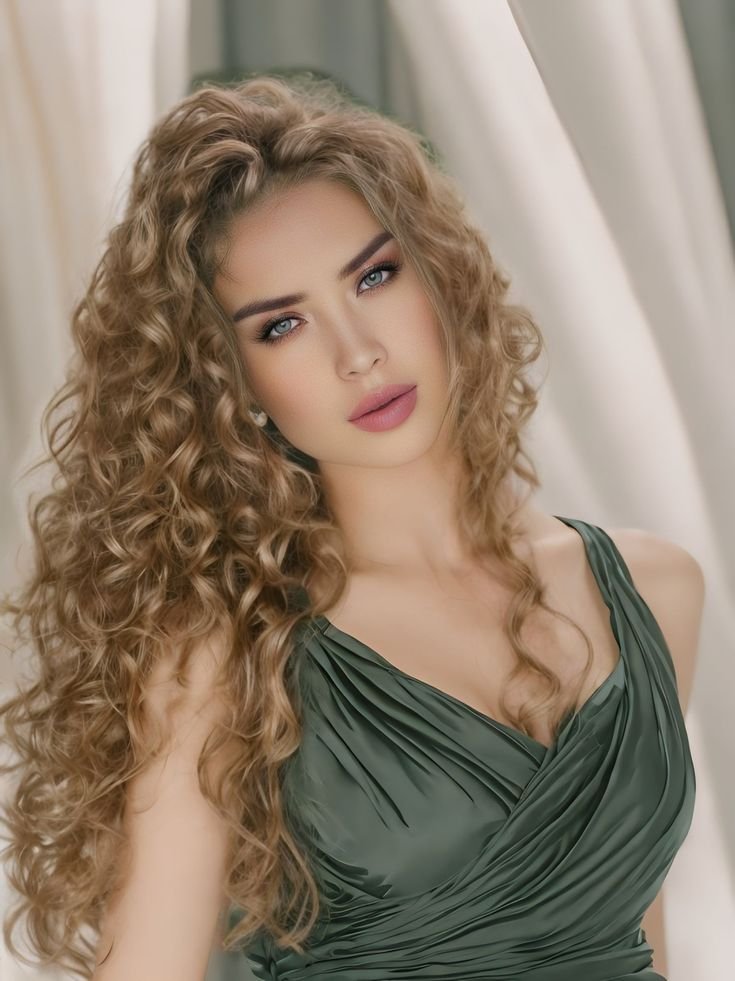
For many, accepting their natural curls is a transformative experience. It often begins with a simple choice—to stop straightening, relaxing, or chemically treating their hair. But what follows is a deep and personal journey. People begin to rediscover their texture, understand their hair’s unique needs, and learn techniques they were never taught growing up.
This journey is not without its challenges. Curly hair demands patience and care. It reacts to weather, water, and even sleep. Learning how to nourish it—how to hydrate it, define it, and protect it—takes time. But this process builds a deeper bond between individuals and their appearance. It’s an act of self-love that goes beyond surface-level grooming.
The Science Behind the Curl
Curly hair isn’t just a visual trait—it’s a biological one. The shape of the hair follicle determines whether hair grows straight, wavy, or curly. Oval-shaped follicles produce curls, while round follicles grow straight strands. The curvature also affects how oils travel down the hair shaft, which is why curly hair often feels drier and needs more moisture.

The internal structure of curly hair is also more prone to breakage due to its twists and turns. Every bend in the hair fiber is a potential weak spot, which makes gentle handling and targeted care essential. Understanding this science helps explain why traditional hair products don’t always work for curls and why specialized formulations are often needed.
The Emotional Weight of Texture
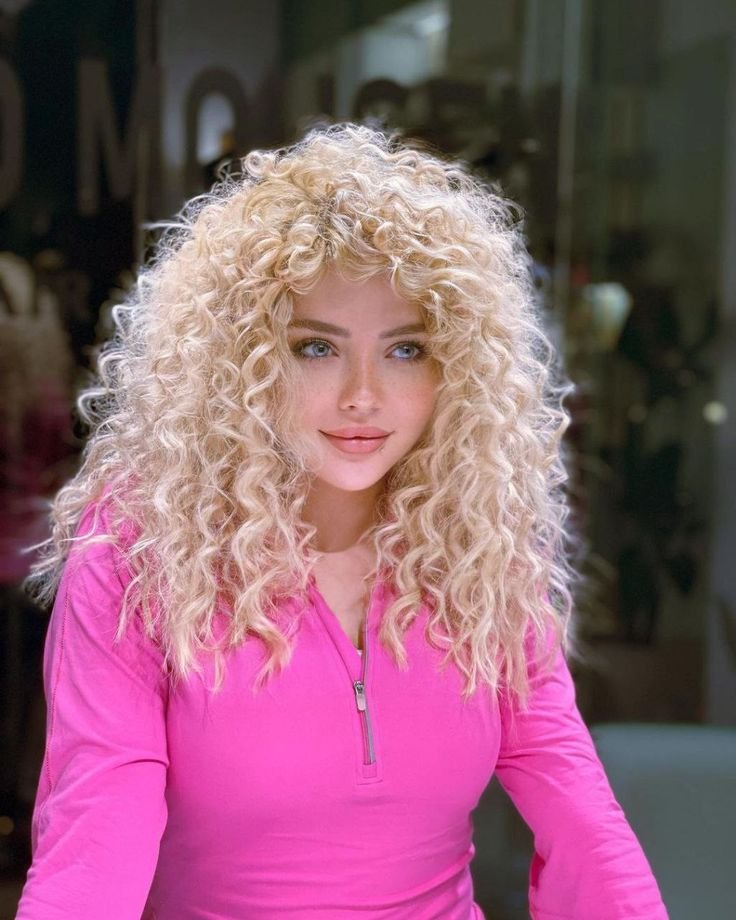
Curls carry emotion. For many, their relationship with curly hair is deeply tied to childhood memories, cultural influences, and moments of social acceptance or rejection. Being told to “tame” your hair or hearing that “straight looks better” can leave lasting impressions. These seemingly small comments shape how people view themselves for years.
But the process of reclaiming curls often brings healing. It’s a slow unraveling of shame and a rewriting of personal narratives. Parents raising children with curly hair now seek to break these cycles early, teaching them to appreciate their texture and take pride in their appearance.
Curly Hair in Fashion and Pop Culture
Fashion and media have a complicated relationship with curly hair. For decades, straight and sleek was the standard. Curls were often reserved for characters meant to appear wild, untamed, or rebellious. But over time, this narrative has been challenged.
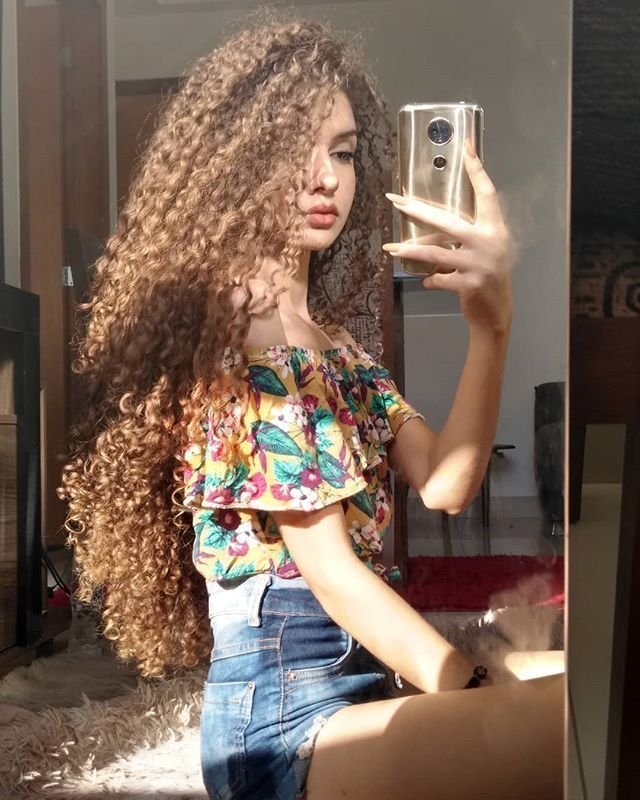
Runways now showcase a diverse range of textures. Advertisements no longer shy away from frizz, volume, or natural definition. High-profile figures such as Tracee Ellis Ross, Zendaya, and Yara Shahidi have embraced their curls unapologetically, inspiring millions.
This shift isn’t just cosmetic—it’s cultural. It speaks to a broader acceptance of authenticity in beauty. The idea that you don’t have to alter your natural features to be considered attractive is revolutionary in a world obsessed with perfection. Curly hair, once seen as an inconvenience, is now recognized as a crown.
The Industry Response to the Curl Revolution
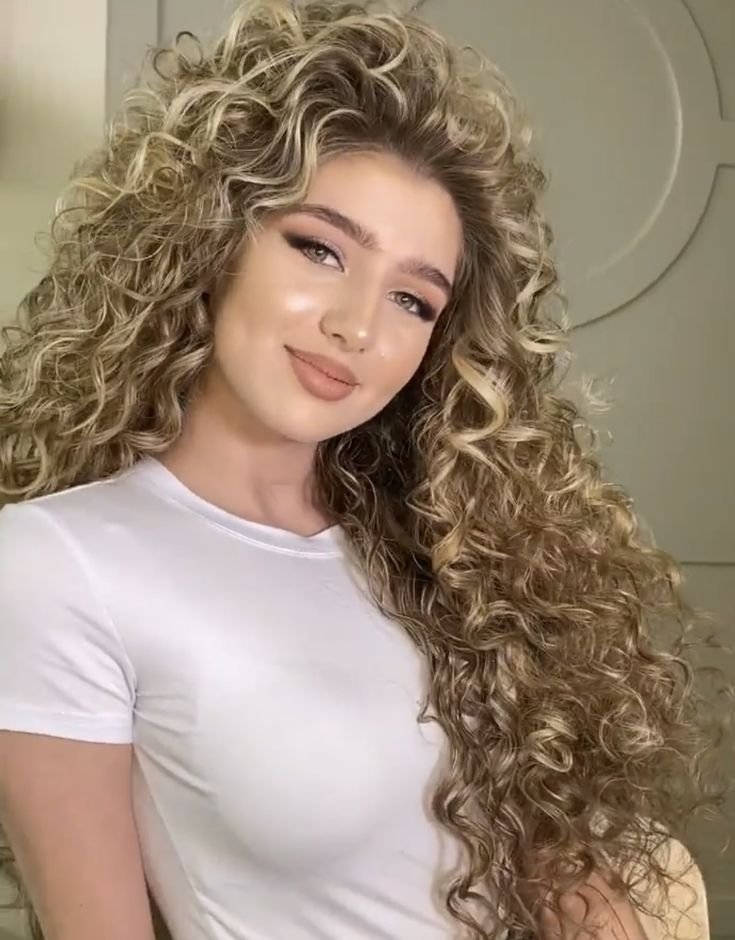
As awareness and appreciation for curls have grown, the beauty industry has taken notice. Brands are developing entire lines dedicated to curls, focusing on hydration, definition, and protection. These products are no longer niche—they’re mainstream.
Salons, once criticized for their lack of expertise with textured hair, are now training stylists to understand curl patterns, porosity, and appropriate techniques. Certifications in curl care have emerged, allowing professionals to serve a broader clientele with respect and knowledge.
Curly Hair as a Form of Resistance and Freedom
Choosing to wear curly hair naturally can be a powerful act of resistance. It pushes back against the narrative that beauty must be controlled, that uniqueness must be smoothed out, and that cultural traits must be hidden. In many ways, it is a visual declaration of freedom.

Curly hair refuses to conform. It doesn’t fall neatly into place or follow straight lines. It grows as it wants, reacting to the world around it. And in that rebellion, it mirrors the human spirit—imperfect, unpredictable, and beautiful because of it.
This defiance has inspired art, poetry, and photography. Artists use curls to symbolize identity, roots, and resilience. In classrooms, boardrooms, and political offices, curly hair is no longer being straightened into silence—it’s speaking volumes, and the world is finally listening.
Moving Forward: Redefining Beauty One Curl at a Time
As society becomes more inclusive and aware, the future of curly hair looks bright. It’s no longer a trend but a transformation—a collective journey toward self-love, representation, and authenticity. From young children learning to embrace their coils to adults rediscovering their texture after years of damage, curly hair is becoming a symbol of empowerment.
So whether your curls are loose waves or tight spirals, whether they frizz in the rain or shine in the sun, know that they are more than just hair. They are a legacy, a statement, and a form of art. They are yours. And they are extraordinary.



